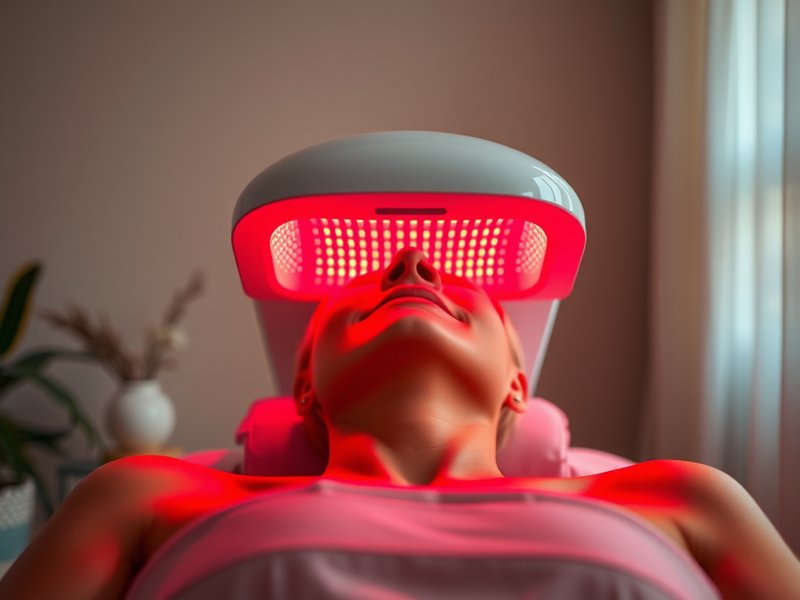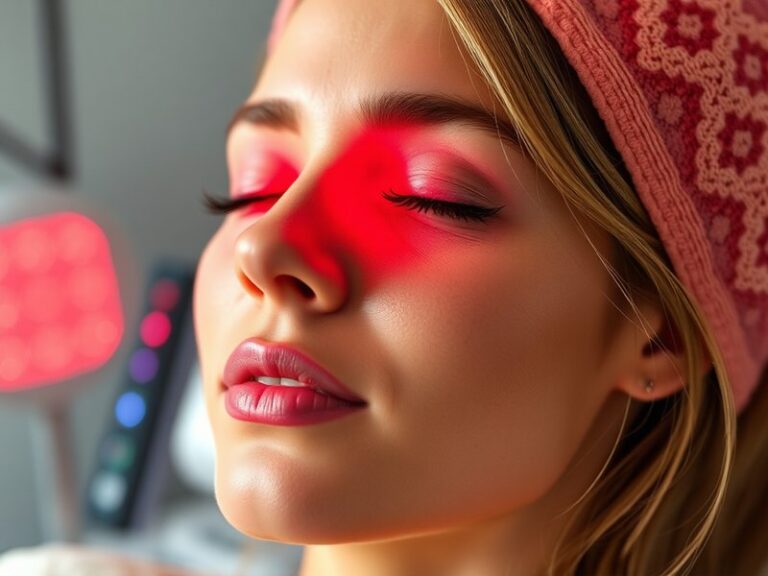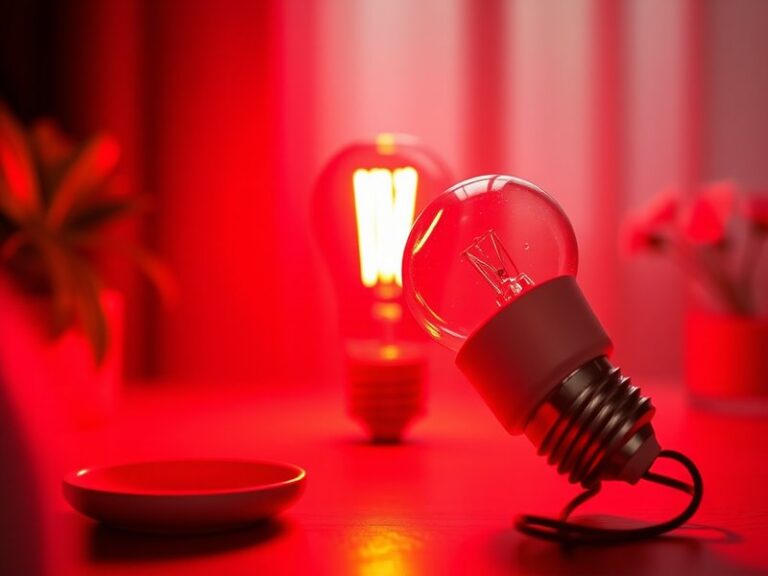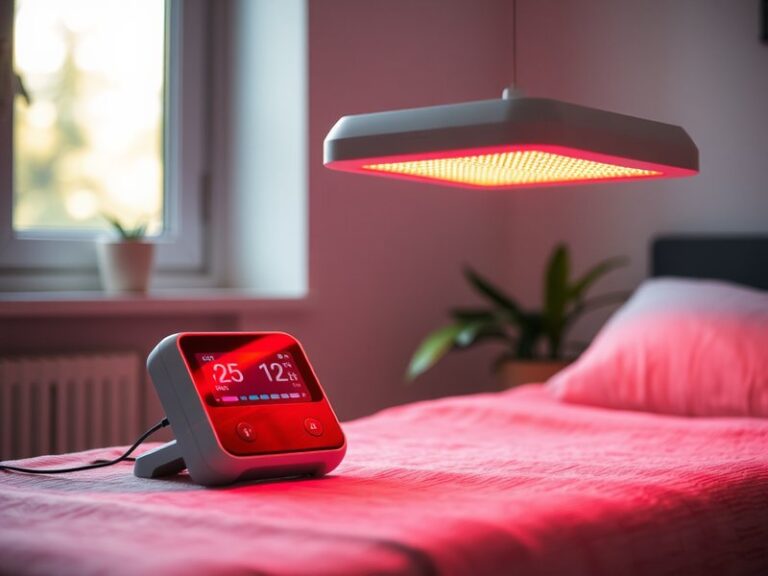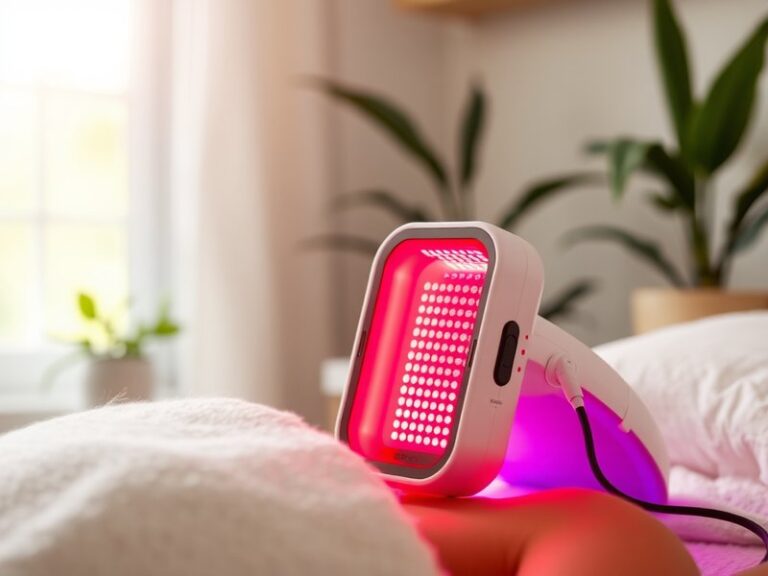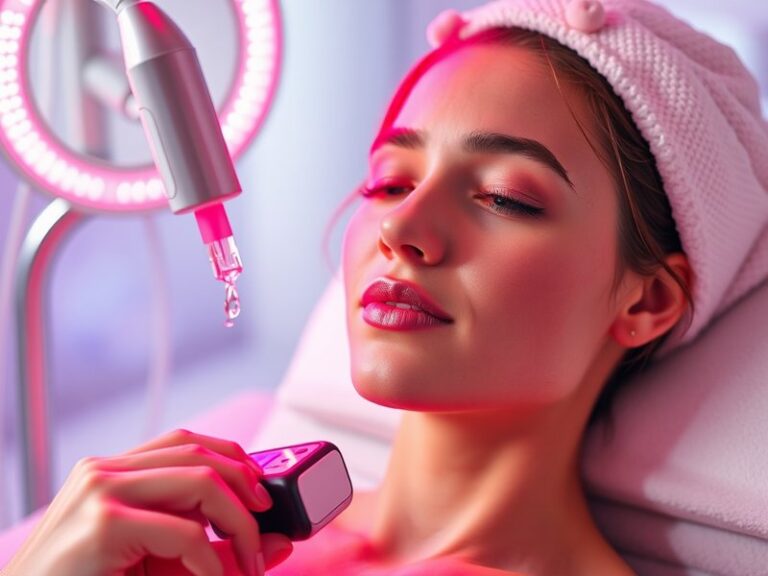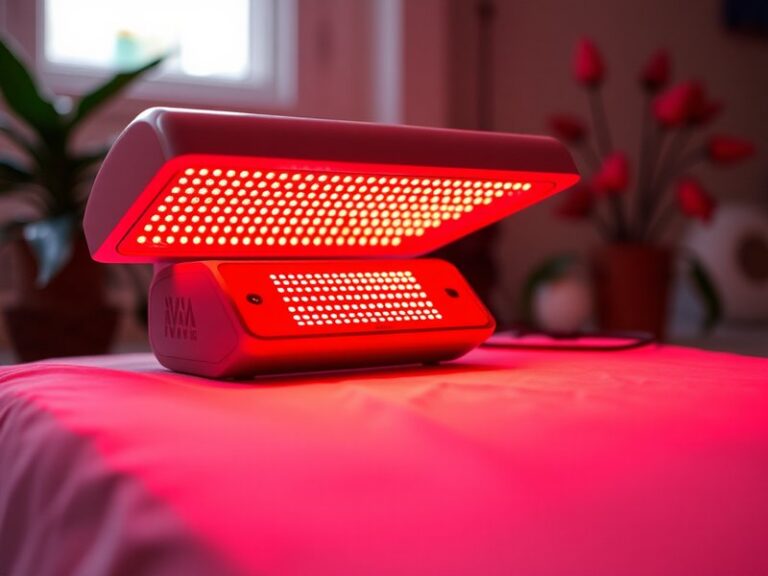Can Red Light Therapy Be Any Red Light?
Can Red Light Therapy Be Any Red Light?
Is all red light created equal when it comes to therapeutic benefits?
In this article, we will explore the world of red light therapy and whether any red light can effectively serve its purpose. We will discuss the specific wavelengths that are beneficial, the mechanisms behind red light therapy, its applications, and what alternatives there are for those seeking health improvements through light exposure.
Key Takeaways
- Red light therapy primarily employs specific wavelengths of red and near-infrared light for optimal effectiveness.
- Not all red lights or devices are created equal; proper wavelength, intensity, and application are crucial for achieving desired results.
- Understanding key considerations before starting red light therapy can enhance safety and efficacy.
What is Red Light Therapy?
Red light therapy (RLT) refers to the use of low-wavelength red light for therapeutic purposes. This non-invasive treatment uses specific wavelengths (typically between 600 to 650 nm) and near-infrared light (830 to 880 nm) to improve cellular function and promote healing.
RLT works by stimulating mitochondrial activity—the powerhouse of our cells—which enhances ATP (adenosine triphosphate) production. Increased ATP levels lead to improved energy and repair processes in our cells, helping in various applications from pain relief to skin rejuvenation.
Mechanism of Action
The core mechanism of action in RLT involves photobiomodulation, where light energy is absorbed by chromophores in the mitochondria. This process initiates a cascade of beneficial biochemical reactions that can help alleviate inflammation, enhance circulation, and boost collagen production in the skin.
What are the Benefits of Red Light Therapy?
Red light therapy offers a wide range of potential health benefits. Below are some notable advantages associated with this therapeutic approach.
Skin Rejuvenation
RLT has shown promising results in reducing signs of aging, such as wrinkles and fine lines. Studies have indicated that it can stimulate collagen production, promoting firmer and more youthful skin.
Pain Relief
Many individuals use red light therapy to manage chronic pain and inflammation. RLT can reduce discomfort associated with conditions like arthritis and muscle strains by improving circulation and decreasing inflammation.
Wound Healing
Red light therapy plays a role in accelerating wound healing by enhancing tissue regeneration. Research suggests that RLT can significantly speed up recovery from skin injuries and surgical incisions.
Improved Mood and Sleep
There is evidence that certain wavelengths of light can affect circadian rhythms, helping improve sleep quality and alleviate symptoms of depression. By regulating melatonin production, RLT can aid in achieving a balanced mood.
Is it Possible to Use Any Red Light for Therapy?
While red light therapy is gaining popularity for its various benefits, it’s a common misconception that any red light source is suitable for therapeutic uses. The reality is that not all red lights provide the necessary wavelength or intensity to achieve desired outcomes.
What are the Advantages of Using Proper Red Light Therapy Devices?
Using properly designed red light therapy devices has several advantages.
Precision in Wavelengths
Devices specifically made for RLT emit light at precise wavelengths known to be effective in photobiomodulation, unlike common red light sources.
Controlled Intensity
Therapeutic devices allow for controlled intensity and dose, ensuring that the user receives adequate exposure without the risk of overexposure or burns.
Targeted Treatment Zones
Professional RLT devices offer the ability to target specific areas effectively, which can maximize treatment efficacy.
What are the Disadvantages of Using Improper Red Light Sources?
Using red light sources that are not designed for therapy can lead to some disadvantages.
Lack of Effectiveness
Potentially ineffective at addressing specific health issues since non-therapeutic red lights may not deliver the right wavelengths needed for cellular benefits.
Inconsistent Intensity
Devices that are not calibrated for RLT may provide inconsistent light intensity, reducing the overall effectiveness of treatment.
Risk of Harm
Improper devices may result in exposure that is either too weak to be effective or too intense, leading to potential skin damage.
What are the Things to Consider Before Starting Red Light Therapy?
Before diving into red light therapy, it’s important to consider several key factors to maximize its benefits.
Choosing the Right Device
Research and select devices that provide specific wavelengths and are designed for red light therapy. Look for reputable brands that offer evidence of efficacy through clinical studies.
See our thorough exploration of Sun Tan City Red Light Therapy?
Duration and Frequency of Treatments
Determine appropriate treatment durations and frequencies based on guided recommendations from health professionals to achieve optimal results.
Skin Sensitivity Issues
Individuals with skin sensitivity or specific medical conditions should consider consulting a healthcare provider before commencing red light therapy.
What are the Alternatives to Red Light Therapy?
If red light therapy is not suitable for you or if you seek complementary treatments, numerous alternatives exist.
Cold Laser Therapy
Similar to RLT, cold laser therapy uses specific wavelengths of light for pain relief and healing but may use different technologies and methodologies for application.
Infrared Saunas
Infrared saunas utilize infrared light to penetrate the skin, promoting detoxification, relaxation, and improved circulation.
Topical Treatments
Various creams and serums can rejuvenate the skin and provide anti-inflammatory benefits, albeit through different mechanisms than light therapy.
Conclusion: Is it Recommended to Use Proper Red Light Therapy?
In summary, while red light therapy presents numerous health advantages, it’s crucial to understand that not all sources of red light are effective or safe for therapeutic purposes. Choosing devices that emit the correct wavelengths and maintaining a rigorous treatment regimen can lead to significant health benefits. We recommend consulting with a healthcare professional to determine the best approach for your needs.
Frequently Asked Questions
Can I use regular LED red lights for therapy?
Regular LED red lights may not provide the necessary wavelengths or intensity to be effective for red light therapy. It’s best to use devices designed specifically for this purpose.
How often should I use red light therapy?
The frequency of treatment can vary based on individual needs, but many protocols recommend sessions 2-3 times per week for the best results.
Is red light therapy safe?
Yes, red light therapy is generally considered safe and non-invasive. However, individuals with certain medical conditions or skin sensitivities should consult a healthcare professional before starting treatment.
Can red light therapy help with hair loss?
Yes, there is emerging evidence that red light therapy may help promote hair growth in individuals experiencing androgenetic alopecia or other forms of hair loss by stimulating follicle activity.
Get the complete picture Does Red Light Therapy Dehydrate?
Are there any side effects of red light therapy?
Red light therapy typically has minimal side effects. However, overuse can lead to mild skin irritation or burns; adhering to recommended treatment guidelines is advisable.
